Recent surveys conducted in 2023 unveiled a significant shift in American dining preferences, with a remarkable inclination toward food delivery and takeout over traditional dine-in experiences. According to the US Foods survey, which gathered responses from 1,000 individuals, 57% of participants favor takeout services. Indeed, the global food delivery market has seen exponential growth since 2017, tripling in size at a valuation of US$ 150 billion in 2021.
While the outlook appears promising for the takeaway and delivery industries, the prospects also usher in complexities regarding the management of packaging waste. This accelerated expansion is associated with an escalation in global disposable plastic packaging waste, which contributes to exacerbating environmental issues.
Continue reading for an overview of the current state of disposable plastic packaging for takeaways, the critical need for sustainable alternatives, and a closer look at the alternatives available to replace them now.
Table of Contents
The bleak or bright future of disposable plastic takeaway packaging
Why alternatives for disposable plastic takeaway packaging
Substitutes for disposable plastic takeaway packaging
A plastic-less takeaway experience
The bleak or bright future of disposable plastic takeaway packaging

Market research from diverse sources indicates a positive growth outlook for the global market of plastic disposable takeaway packaging, which is tightly linked to the rapid growth of the food delivery sector. The global online meal delivery industry is projected to grow at a strong compound annual growth rate (CAGR) of 10.06% from 2024 to 2028, expected to reach a market size of US$ 1.79 trillion by 2028, up from an estimated US$ 1.22 trillion in 2024.
Concurrently, the worldwide market for takeaway containers is expected to closely reflect these global food delivery and takeout trends. With forecasts showing an increase from a 2023 valuation of US$ 104.8 billion to US$ 153.2 billion by 2033, this sector is set for steady growth at a CAGR of 4.0% over the 10-year period. Within the same period, plastic containers are anticipated to maintain their lead within this market, predicted to contribute an additional US$ 7.6 billion in revenue.
However, despite these optimistic projections for the disposable plastic takeaway packaging sector, concerns about the environmental impact of these materials, including the fact that plastics are non-biodegradable and may take decades to decompose, cast a shadow of ambivalence over their future development. Actions taken by governments worldwide to address these concerns further highlight the uncertainty surrounding its growth trajectory.
For instance, in a recent joint effort to bolster environmental legislation, representatives from the European Union (EU)’s member states and lawmakers agreed upon a draft bill in early March 2024, aiming for a 5% decrease in packaging waste throughout the EU by 2030. This initiative is to be implemented alongside a comprehensive ban on single-use plastics in dining venues starting the same year, as part of wider efforts to reduce packaging waste across the union.
In short, the future of plastic disposable takeaway packaging is marked by a promising growth forecast, intertwined with expanding food delivery services and environmental sustainability challenges. Adding to the complex path of the industry are region-wide legislative actions such as the EU’s efforts to curb single-use plastics and reduce packaging waste, shrouding market expansion with increasing regulatory and environmental pressures.
Why alternatives for disposable plastic takeaway packaging

The urgency to replace plastic disposable takeaway packaging is underscored by two critical factors: its significant contribution to environmental pollution and the tightening legislative measures aimed at curbing its use due to the environmental issues it causes.
Firstly, the environmental impact of plastic waste is profound and well-documented. Annually, one to two million tons of plastic enter our oceans, affecting marine life and natural habitats. Items such as plastic bags, bottles, food containers, cutlery, caps, and lids are among the major contributors to the oceanic plastic waste crisis. These findings underscore the vital need for improved waste management strategies to effectively mitigate plastic pollution.
In parallel, legislative efforts are intensifying to address the issue of packaging waste, including plastics. Not only imposing the single-use plastics ban, the EU has also set ambitious targets for recovery and recycling targets for packaging materials to combat this problem. According to the updated regulations, by the year 2029, countries within the membership are required to achieve a yearly separation and collection rate of a minimum of 90% for disposable plastic bottles and metal drink cans.
This move is likely to pose challenges and concerns for the industry, not to mention the potential ripple effect should other regions decide to implement similar measures. The possibility that these regulations might be further tightened adds complexity to the future of disposable plastic takeaway packaging, despite promising market data.
In summary, replacing plastic disposable takeaway packaging is crucial due to its negative environmental impact and the changing regulatory landscape aiming to decrease reliance on single-use plastics. Addressing this issue requires enhanced waste management practices, the promotion of recycling, and the adoption of legislative measures focused on sustainability and environmental protection. Such efforts are essential for preserving ecosystems and securing a healthier planet for future generations.
Substitutes for disposable plastic takeaway packaging
The arrangement of the three types of packaging solutions here is scaled up in terms of creativity and the potential difficulty of implementation.
Easily recycled packaging
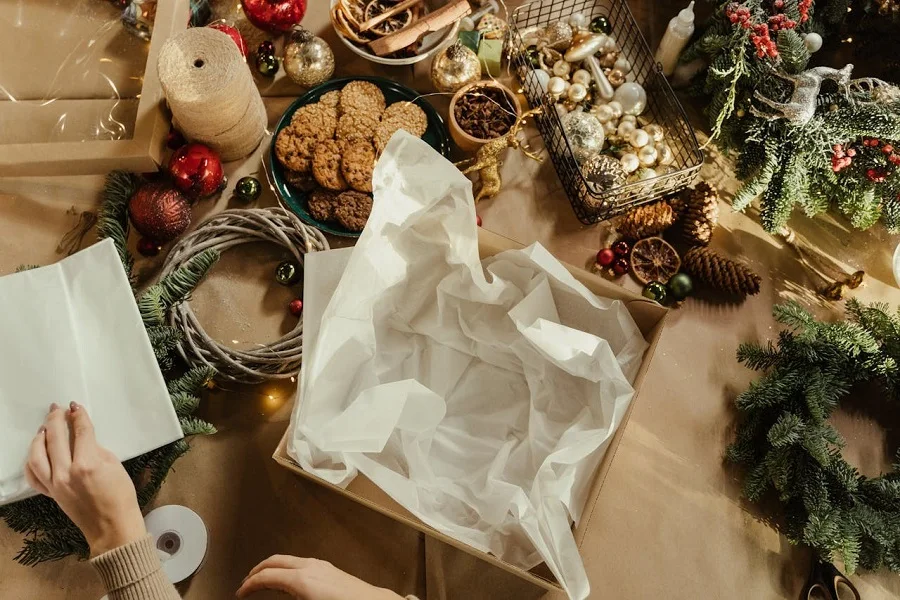
Highly recyclable packaging has a few traits in common: they are made from single-material components and can be easily sorted in recycling facilities. In this sense, they make great alternatives for disposable plastic takeaway packaging due to their environmental friendliness and efficiency in the recycling process.
Among all the recyclable packaging, the one that’s most widely used by takeaway or food delivery operations is none other than paper-based packaging, such as cardboard food boxes, paper bags, and Kraft paper food boxes. In fact, these are already traditionally the favorite takeaway packaging in the fast food packaging industry.
Setting aside the environmental considerations, paper-based packaging actually offers clear advantages for takeaway food and delivery services. Its lightweight and easily disposable nature make it an ideal choice for on-the-go meals, enhancing the convenience factor for consumers. Furthermore, paper packaging excels in managing moisture and grease from hot foods, a feature that is particularly beneficial for maintaining the quality of food during transport.
Aluminum containers for food and glass containers for beverages are two other relatively easy-to-implement recycling options that bring distinct benefits to the takeaway food and delivery industry. Aluminum containers stand out for their durability and excellent thermal properties, ensuring that food remains hot and fresh during transport.
Equally, their lightweight nature and resistance to leaks and spills also make them a practical choice for both food establishments and customers. Glass containers, on the other hand, offer clarity and quality preservation for beverages, enhancing the consumer’s drinking experience by maintaining the original taste and temperature. Both materials are highly recyclable, contributing to a circular economy, and their robustness allows for safer transport of meals and drinks.
Eco-advantage packaging
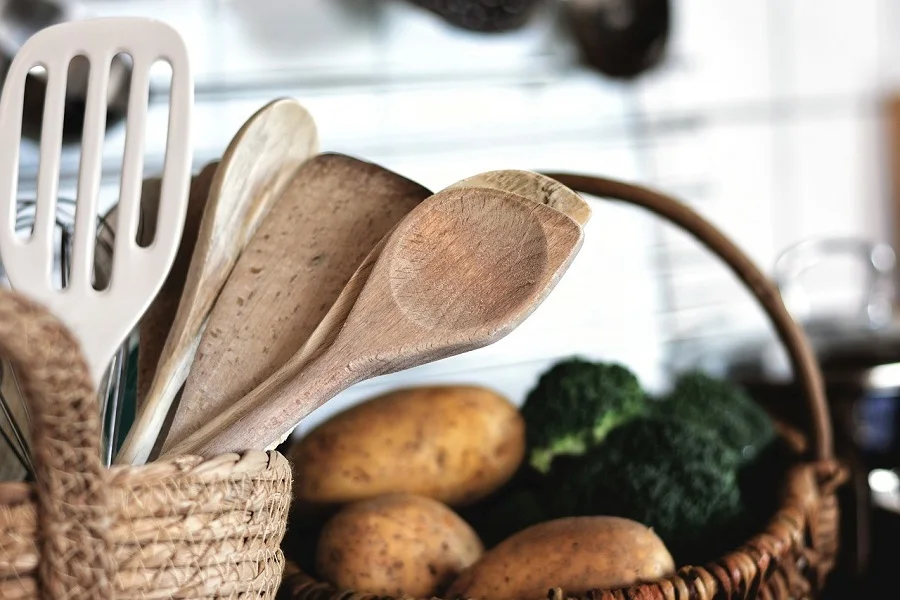
Eco-advantage packaging involves materials meticulously designed to reduce environmental impact, though it may require adaptations in consumer and business practices. This category includes biodegradable takeaway packaging or compostable food packagings such as wooden cutlery and wooden utensils.
While the terms “biodegradable” and “compostable” are both related to material breakdown, they convey distinct concepts in the context of environmental and waste management. Crucially, while all compostable materials are biodegradable, not all biodegradable materials meet the stricter criteria to be considered compostable. Biodegradable packaging consists of materials that can naturally decompose through the action of microorganisms (bacteria, fungi) into water, carbon dioxide, and biomass over time. This natural process’s duration and conditions, however, can vary widely.
In contrast, compostable packaging materials are a specific subset of biodegradable materials that break down under precise composting conditions. This includes a controlled environment with exact temperature requirements to facilitate the decomposition process. Specifically, compostable packaging refers to materials that are certified to decompose in composting systems without leaving toxic residue and at a rate comparable to other compostable materials, like food scraps and yard waste. Standards such as ASTM D6400 in the United States and EN 13432 in Europe set specific requirements for products to be labeled as compostable, focusing on disintegration within a defined timeframe and the avoidance of heavy metals.
Embracing eco-advantage packaging, particularly compostable options made from plant-based plastics like Polylactic Acid (PLA), derived from sources like cornstarch and potato starch, or Polybutylene Adipate Terephthalate (PBAT), which is often combined with PLA for enhanced flexibility in compostable bags and films, signifies a crucial step towards sustainable consumption. By opting for these eco-conscious alternatives, both businesses and consumers play a pivotal role in fostering a more sustainable and less wasteful environment.
Innovative green packaging
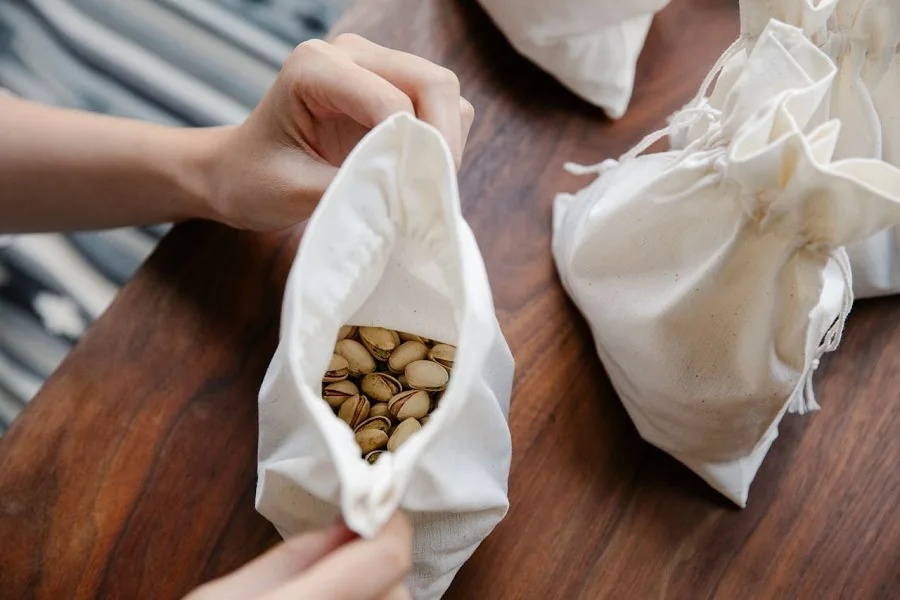
Innovative sustainable packaging here refers to those utilizing relatively cutting-edge and novel materials, possibly still emerging in the market, which represents an advanced level of creativity and potential challenges in adoption. This type of green packaging includes purely plant-based materials such as wheat straw, bamboo, palm leaves, and bagasse (sugarcane fiber), which can be used with minimal or almost no further processing to create durable packaging solutions.
For instance, bagasse can be directly molded into various containers, leveraging its natural fibrous composition without synthetic additives. Similarly, bamboo’s versatility allows it to be processed into utensils and containers, and palm leaves can be shaped into disposable plates and bowls without incorporating plastics, all embodying the essence of pure plant-based packaging.
Algal-based packaging, including seaweed, hovers on the line between plant-based and bioplastic materials. While seaweed films, normally used as edible wraps or coatings often involve minimal processing, aligning them closely with pure plant-based materials, the majority of seaweed packaging solutions undergo significant processing into bioplastics. This processing may include chemical alterations to achieve desired properties such as durability and moisture resistance, distinguishing it from purely plant-based packaging due to the composition and processing involved.
The benefits of seaweed-based packaging extend beyond its practical applications, like moisture and heat resistance suitable for a wide range of food products. As a renewable resource, seaweed biodegrades much faster than conventional plastics, reducing long-term environmental impacts. Furthermore, the seaweed industry boosts coastal communities by offering sustainable jobs and promoting marine biodiversity, making it a viable option for both environmental and economic progress.
Mushroom (fungi) packaging, or mycelium packaging, serves as another frontier in creative sustainable packaging solutions. This innovative material is grown from fungal mycelium and agricultural byproducts, creating a compostable alternative that can be molded into various shapes and sizes, offering excellent protection for products during shipping. After use, it can biodegrade naturally, making it both a packaging that can minimize environmental footprint as well as a great renewable resource.
A plastic-less takeaway experience
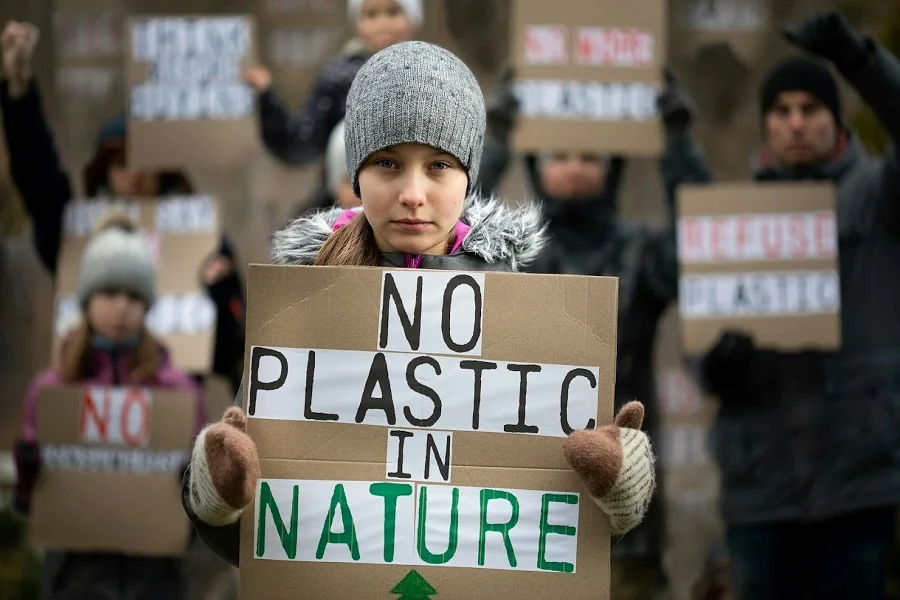
The landscape of takeaway packaging is rapidly evolving, moving away from its reliance on plastic disposables. This change is propelled by increasing global environmental concerns and the implementation of regional regulations designed to minimize plastic waste. The growth of the takeaway packaging sector, while promising, now hinges on its ability to adapt to these emerging challenges and embrace alternatives that offer a lower environmental impact.
Among the leading alternatives in the quest for sustainable packaging solutions are materials that are not only highly recyclable, such as paper and aluminum, but also those that are inherently eco-friendly, like biodegradable and compostable materials. Further innovation is seen in the development of plant-based and mushroom-based packaging, presenting a forward-thinking approach to takeaway containers. Together, the move towards such sustainable options signals a clear message: a plasticless takeaway experience is within reach, as this shift represents not just a change in materials but a broader transformation in industry practices and consumer expectations.
Discover how sustainability is reshaping the takeaway packaging industry. Visit Alibaba.com Reads for innovative solutions and the latest industry news.
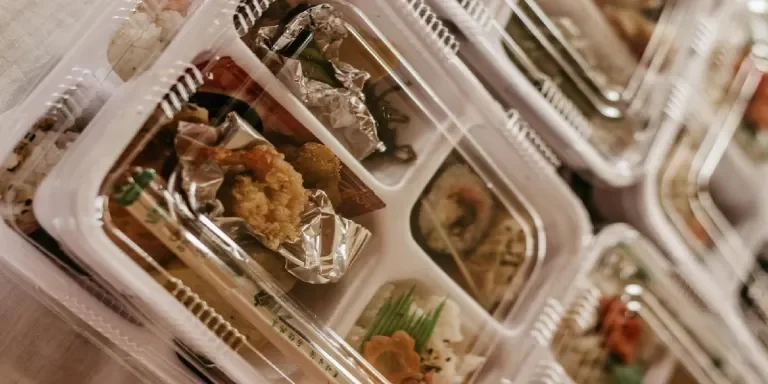
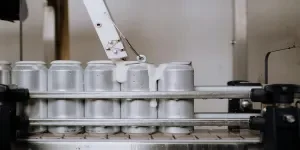
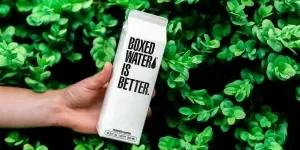
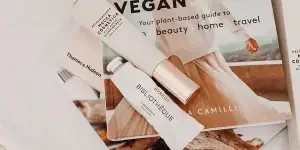

 Afrikaans
Afrikaans አማርኛ
አማርኛ العربية
العربية বাংলা
বাংলা Nederlands
Nederlands English
English Français
Français Deutsch
Deutsch हिन्दी
हिन्दी Bahasa Indonesia
Bahasa Indonesia Italiano
Italiano 日本語
日本語 한국어
한국어 Bahasa Melayu
Bahasa Melayu മലയാളം
മലയാളം پښتو
پښتو فارسی
فارسی Polski
Polski Português
Português Русский
Русский Español
Español Kiswahili
Kiswahili ไทย
ไทย Türkçe
Türkçe اردو
اردو Tiếng Việt
Tiếng Việt isiXhosa
isiXhosa Zulu
Zulu